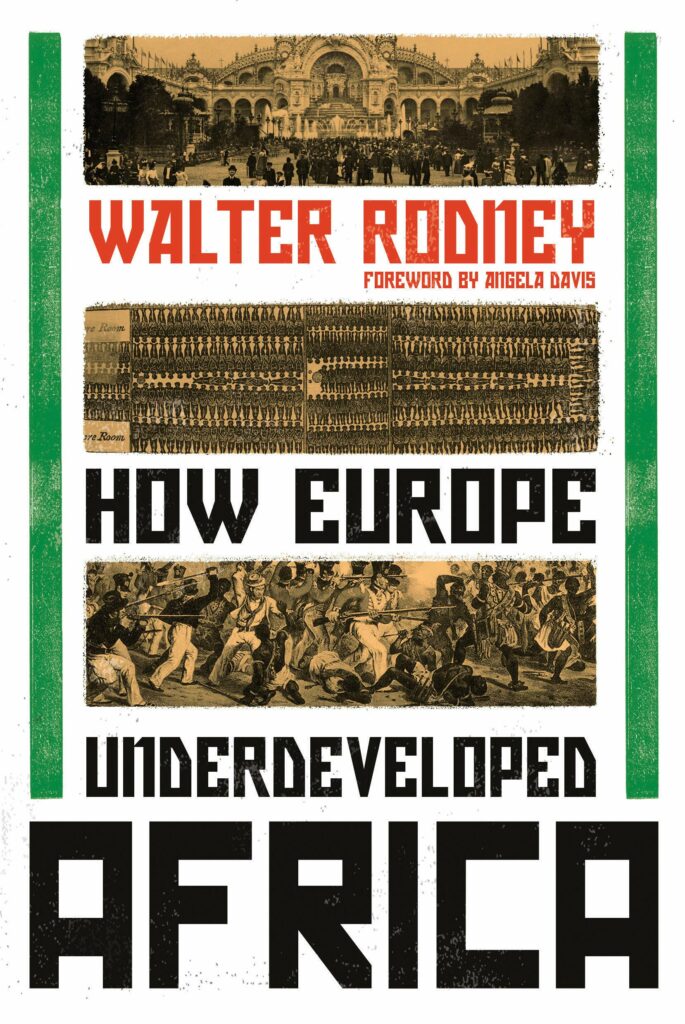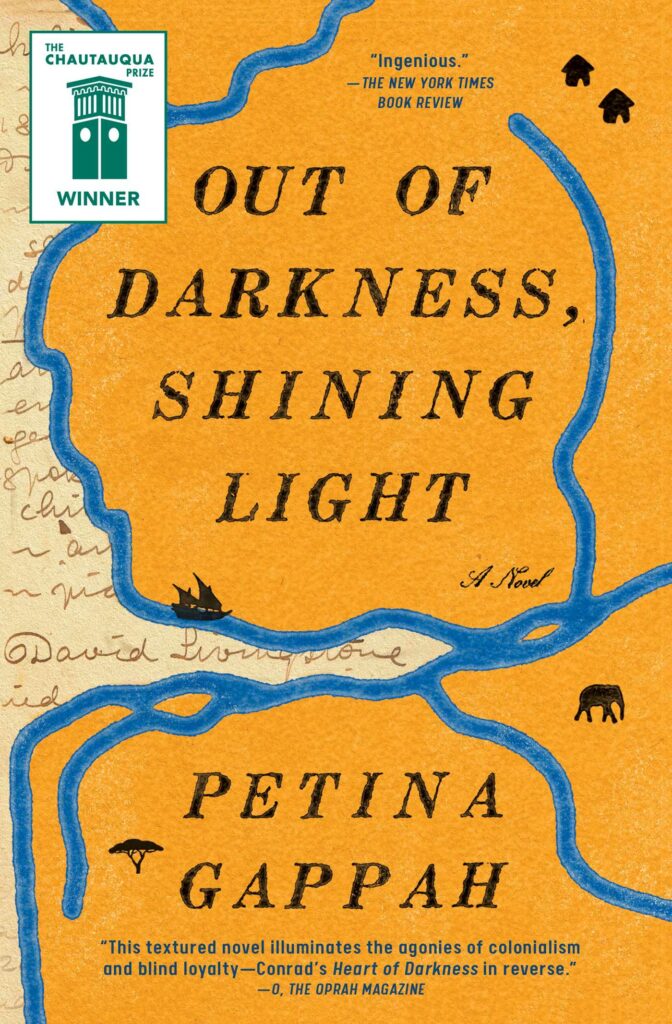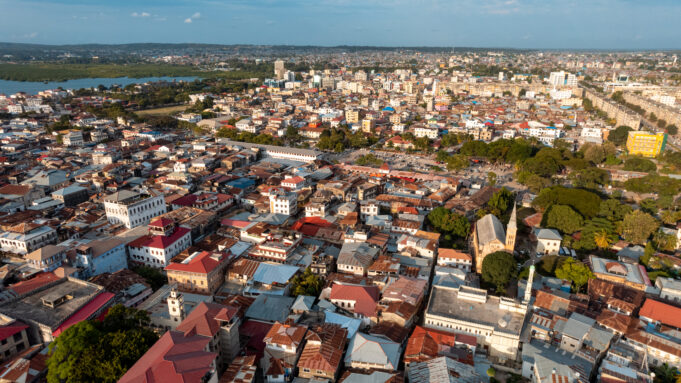
Petina Gappa’s 2019 novel “Out of Darkness, Shining Light” about the explorer David Livingston and the extraordinary group of Africans that carried his body, minus his heart, across Africa’s impossible terrain “illuminates the agonies of colonialism and blind loyalty.”
Some wood from a tree in Zambia under which Livingston’s heart is buried, a testament to his last adventure after leaving Zanzibar, was fashioned into a cross that hangs in Stone Town, inside the Anglican Cathedral Church of Christ. The church, with its stain glass White angelic images, sits atop one of the world’s last open slave markets, until its shutdown by the British in 1873.

Adjacent the church is a masjid, which speaks to Zanzibar’s 98 percent Muslim population.
Dozens of slaves, including men, women and children, were imprisoned for days in crowded cellars with little air, no food or toilets.
According to a tour guide, slaves were eventually led outside and lined up according to size. They were tied to a tree and whipped with a stinging branch to test their mettle. “Those who did not cry or faint fetched a higher price at market.”
Gappa, an attorney specializing in international trade and investment as well as a writer, wrote in the Financial Times: “The journey they made has been called ‘the most famous and in some ways the most remarkable journey’ in African exploration and has been said to be the real start of Africa’s occupation by European powers. For not only did Livingstone’s companions carry his body out of the African interior, they also carried with them the documents that detailed his last great ‘discovery,’ the ‘Lualaba,’ a vast river that he thought could be the source of the Nile.

Livingstone was wrong: the Lualaba was not the source of the Nile, but its importance to the fate of Africa is still felt today. This is because the Lualaba turned out to be the mouth of the mighty Congo, the navigable river that would bring into the African interior the three Cs that Livingstone had fought for: Christianity, Civilization and the Commerce that would end the slave trade. But it also brought a final C that neither he nor the companions could have anticipated; the almost total Colonization of the African continent.”
Dr. Walter Rodney’s 1972 book, “How Europe Underdeveloped Africa,” first published in Tanzania by Publishing House Dar es Salaam, vividly explains that explorer Livingston and/or his British overseers were not so much bent on the removal of the slave trade as they claimed but wanted to use it to morph into a new form of imperialism.
According to Rodney, the new industrial age or the age of machinery represented the investment of primary capital accumulated from trading and from slavery. European colonizers engineered the discontinuation of manufacturing of the continent’s raw materials. The colonizers replaced it with a system where raw materials would be sent abroad for manufacturing. This resulted in “ ‘technological arrest’ or stagnation, and in some instances actual regression, since (African) people forget even the simple techniques of their forefathers. The abandonment of traditional iron smelting in most parts of Africa is probably the most important instance of technological regression. So during the Industrial Revolution instead of shipping Africans abroad as slaves, they used their bodies to work the mines so they could ship raw materials instead.”
The island of Zanzibar, with Sheikh Abdullah Kassim Hanga as its prime minister, is a part of Tanzania. According to worldatlas.com, “The Zanzibar Archipelago is an island group located off the coast of Tanzania in the Indian Ocean. The island group is also known as Spice Island because of the important role in supporting the spice trade for centuries. The archipelago is made up of four main islands, of which three are inhabited, while the fourth island is an important seabirds’ breeding ground. The main islands are surrounded by numerous islets. Most of the islands belong to Zanzibar, Tanzania’s semi-autonomous region, with Mafia Island and its surrounding islets belonging to the Pwani Region of Tanzania.”

In 1954, Julius Nyerere, a schoolteacher who was then one of only two Tanganyikans educated at university level, organized a political party—the Tanganyika African National Union (TANU). Through that party, Tanganyika became independent, though retaining the British monarch as Queen of Tanganyika, and Nyerere became prime minister, under a new constitution.
One year later, a republican constitution was implemented with Nyerere as Tanganyika’s first president. Zanzibar received its independence from the United Kingdom on December 10, 1963, as a constitutional monarchy under its Sultan.
According to Blackpast.com, “The island of Zanzibar, a part of Tanzania, was a nineteenth century East African trading empire that fell under the domination of the British who controlled it until the mid-twentieth century. Zanzibar is the leading producer of cloves in the world, which earned it the nickname ‘Spice Island.’ ”
It became a sultanate in 1840 after Oman’s ruler Said bin Sultan moved his capital from Muscat, Oman, to Stone Town after defeating the Portuguese in Mombasa, Kenya.
Recognizing the island’s climate suitability for clove growth and with the usage of local slave labor, the Sultan developed clove plantations. Later a treaty was signed by the Sultan’s successor, Barghash bin Said, who helped abolish the slave trade, and was responsible for developing the country’s infrastructure. This was done, according to Blackpast, “through a treaty with the British in 1873 that aimed to replace slave revenue with ‘legitimate’ economic activities such as trade of rubber and ivory.”
Follow @jehronmuhammad on Twitter.













